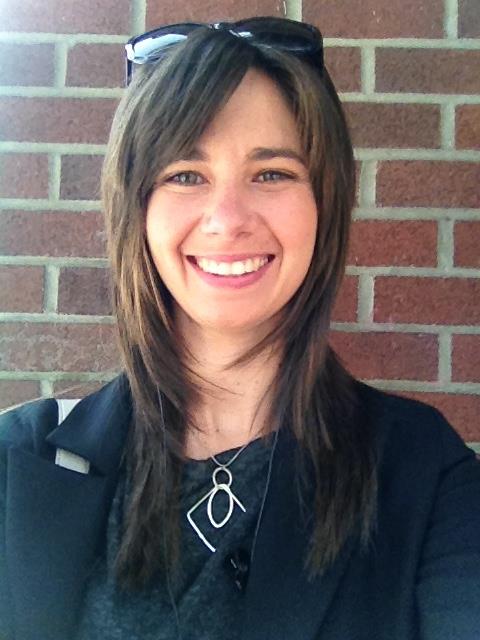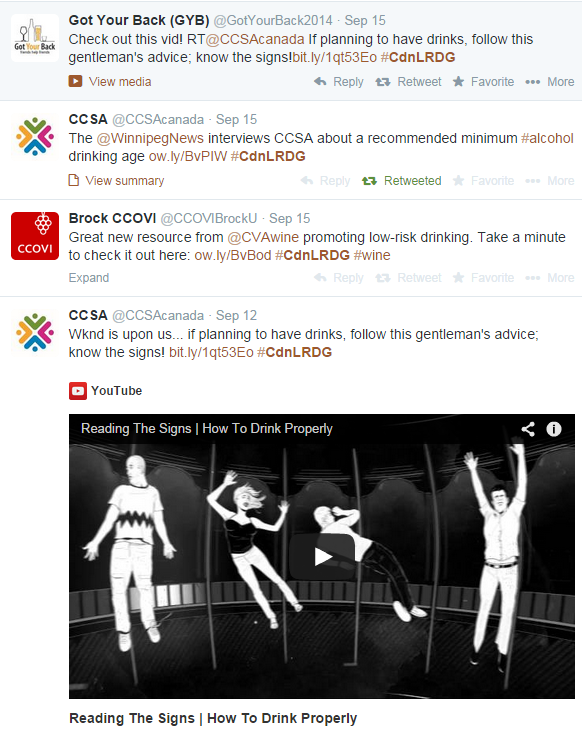When I try to explain the kind of work that I do for CARBC, I often use the analogy of being a farmer. I am the Coordinator of the Changing the Culture of Substance Use Project, a multi-year project to build a vibrant community of practice on BC’s post-secondary campuses. But my work is similar to the farmer; I research, prepare and plan what we should grow, examine the growing conditions, help plant the seeds, and then I, along with my team, continuously encourage their growth so that we will have a fruitful harvest. Of course, our seeds are very different from the farmer’s. Ours are the seeds of thought as to how we might change a culture of substance use in a growing campus community of practice. And what we hope to eventually see is the changing norms, attitudes, programs, policies, and practices that reflect this kind of thinking on campus.
Education with respect to culture change is a unique challenge. When the goal is culture change, education becomes about engagement. We need to think about whom we engage in this learning, how we engage them and what we engage them about. We are not necessarily concerned with equipping these folks with the tools to manage their own patterns of use (although that may be a by-product of the process). Rather, we hope that they will become part of a larger concerted effort to co-develop efforts on campus that have the power to significantly impact generations of students.
- So who should we engage in this kind of learning? We engage those who are intrinsically interested and motivated to be part of a culture change effort on campus. These could include counselling staff, health practitioners, faculty members, students, access and support services, deans, as well as many others. Our basic premise is that all members of a campus community can potentially be or become leaders in culture change.
- And how do we engage them? Our engagement is constructivist and collaborative. We harness the expertise in the room and in this field around what might change a culture on a particular campus. Campuses will learn from each other and pick up tools and techniques that have been successful for others for adaptation. For instance, Selkirk College recently developed an innovative Dinner Basket program that encourages students to share a meal and discuss substance use in a nonjudgmental manner. Several other campuses are now adapting this approach for their own contexts.
- And what do we engage about? Often it is a combination of a wide variety of topics. These topics generally focus on how we go about shifting a culture. For instance, we might begin with some discussions on the role of culture in influencing behavior around substance use. As we become more familiar with the topic, we look at mechanisms for changing a culture, such as community of practice building, motivational approaches or situational assessment. The goal is to build the toolbox campuses have at their disposal with the best in current thinking and see what takes hold. This may sound haphazard, but it allows us to avoid being prescriptive in what we endorse and encourages campuses to identify their own goals, resources, areas of strength and required efforts in this process.
This type of work is not easy or simple. Much like the farmer’s work, it requires patience, flexibility, responsiveness and the ability to see the forest for the trees. It also requires the ability to release control and allow the community to grow and develop, guided by a caring hand. With dedicated, strategic and consistent efforts, we are hopeful for a plentiful harvest.
To learn more about the Changing the Culture of Substance Use Project and/or how to join our community of practice, please check out this article in CMHA-BC’s Visions Journal or visit our website at www.healthycampuses.ca.
Author: Catriona Remocker, Research Associate, Centre for Addictions Research of BC; Coordinator of the Changing the Culture of Substance Use Project
**Please note that the material presented here does not necessarily imply endorsement or agreement by individuals at the Centre for Addictions Research of BC.


